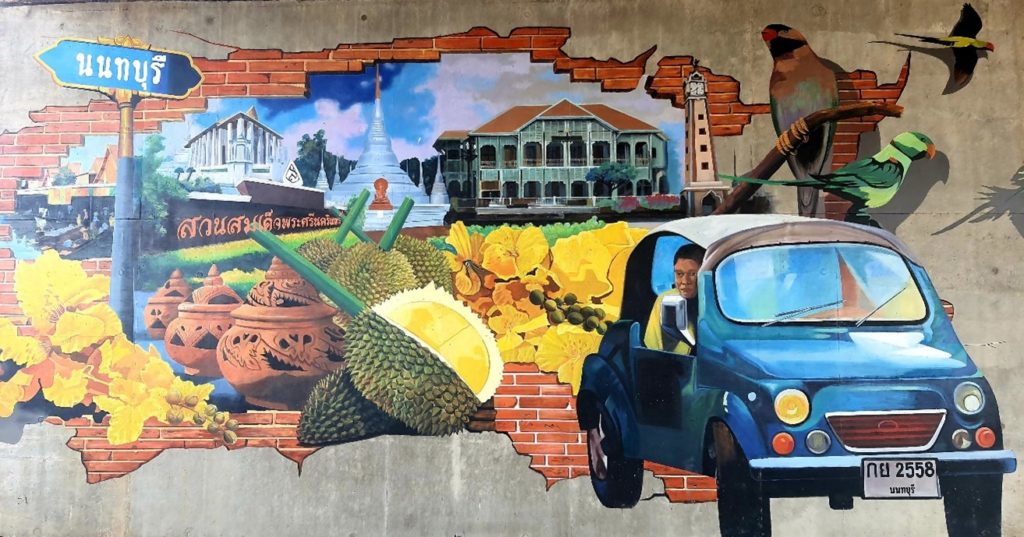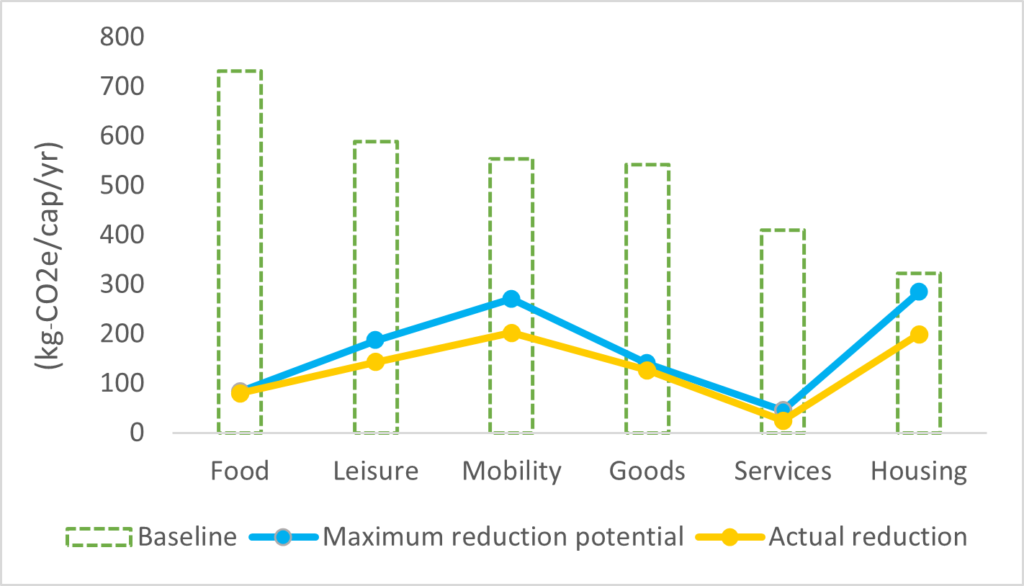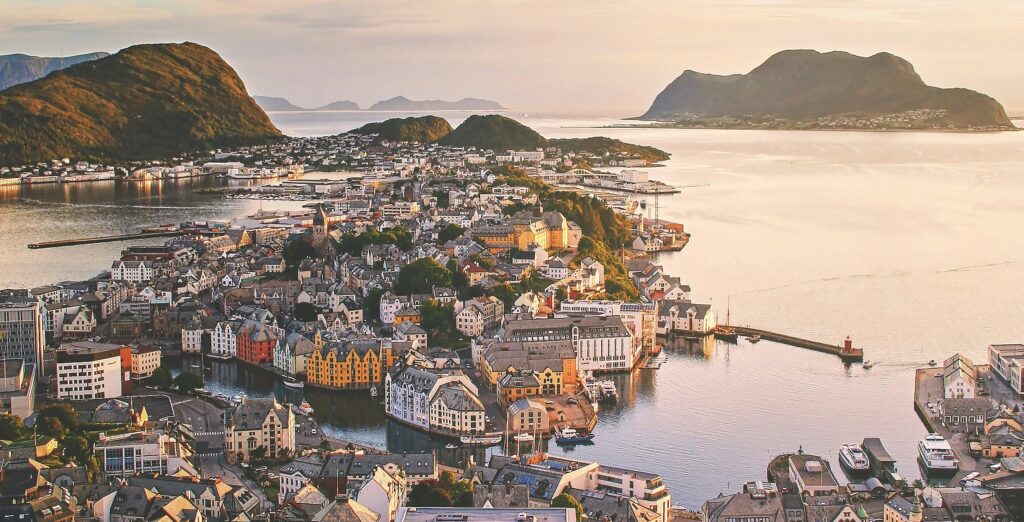City background
The Nonthaburi Province is a metropolitan area adjacent to Bangkok. Two-thirds of the area are residential and host economic activities, and most parts of the province are urbanized. The province is developed to support the urban expansion and growth of Bangkok in many ways such as through agricultural supply, residential space, trade, investments, transportation, and tourism. It has the second highest population density in the country after Bangkok.
Like other cities around the world, the increasing population, the increasing demand for residential space and urban infrastructures, as well as changing consumption patterns are exposing Nonthaburi and its citizens to growing environmental threats, such as increasing air and water pollution, increasing greenhouse gas emissions, and others.
In response to the national climate change strategy, the Nonthaburi Province’s vision “Livable City”, embedded in a 5-year Nonthaburi Development Plan (2018-2022), aims to improve the quality of life of Nonthaburi residents. As part of the Future Lifestyles Project, aligning top-down strategies and bottom-up actions is required to keep greenhouse gas (GHG) emissions under 2.5 tCO2e/cap/yr by 2030. In order to inform on the impacts and reduction levels of adopting 1.5 Degree Lifestyles in Nonthaburi, we studied consumption-based GHG emissions in six lifestyle domains: food, housing, mobility, consumer goods, leisure, and services.

Photo Credit: Pasicha Chaikaew
Current lifestyle carbon footprint and its projection
We projected Nonthaburi 2020 household consumption emissions to 2030, and calculated an expected emission level of 3.15 tCO2e/cap/yr, on average, from households. In order to achieve the 1.5°C target of the Paris Agreement, lifestyle carbon footprints should be reduced by 650 kgCO2e/cap/yr by 2030. Assuming the same adoption rates across all emission reduction options, an overall 41% adoption rate would be sufficient for achieving the 1.5°C target.
How much can locals do to reduce carbon footprints?
The composition of carbon footprint changes considering different households and individuals depending on personal values, needs, aspirations, and lifestyles. Not everyone needs to live the same way, but – at least on average – everyone must live within a sustainable threshold.
The largest contributor to the average lifestyle carbon footprint in Nonthaburi is food (23%; 0.73 tCO2e), followed by leisure (19%; 0.59 tCO2e), mobility (18%; 0.55 tCO2e), consumer goods (17%; 0.54 tCO2e), services (13%), and housing (10%).
During the workshop, participants achieved a maximum reduction potential of around 1 tCO2e/cap/yr (blue line). However, after the household experiments, a reduction of lifestyle carbon footprint of 775 kg-CO2e/cap/yr was achieved (yellow line). These findings revealed optimistic signs of moving towards a low carbon Nonthaburi.

Citizens’ vision
Citizens expressed their aspiration to transform society and envision a modern and prosperous city through the vision: “Community’s Environmental Values and Practices – Together We Can.” Citizens co-created a series of learning modules to inform on how to achieve a low-carbon lifestyles city.
Key messages
- Nonthaburi households focus on key terms “values” and “practices” as a unity vision to achieve sustainable lifestyles.
- Major emission reduction impacts from lifestyles come from the combination of reductions in four consumption domains: mobility, housing, leisure, and goods – which together made up 87% of total reduction.
- Not only separate lifestyle domains, but a combination of alternatives across domains should be considered and enabled. Multiple time-scale strategies are needed to support different actions.
- Key agencies should be involved for improving education, public awareness, public participation, and public access to information with regards to sustainable lifestyles.
Examples of policy recommendations in mobility
High potential actions to reduce carbon footprints include:
- Closer leisure activities (reducing car use, flights, bus travel) – short-term individual actions
- Private traveling by Skytrain or subway (car free) – long-term system actions
- Riding a bicycle or walking instead or riding a motorcycle – short-term individual actions
| Key agencies | Roles | Expected impacts |
| Local governments | Recognize the critical role of transport options and access to infrastructures, which reflect individual wealth and different unequal opportunities
Focus on a holistic approach for improving transport infrastructure through integrated planning, design, and incentives. |
More households change from private mobility to public transportation.
Better bicycle lanes. |
| Private sectors | Contribute to advancements in logistics and technology.
|
The intensity of carbon footprint in the supply chain will be reduced.
The private sector will seek opportunities to invest in better internet connection. |
| Academia and technical experts | Advocate and research on specific mobility areas. | Research can inform on effective and truly sustainable transportation modes. |
| Local community | Spread the message on sustainable values, practices, and lifestyles. | Individuals are educated and encouraged to be role models for each other. |
| Youths | Take action to lead societies towards a stronger low carbon movement. | Youth adopts low carbon mobility options. |
| Media | Prioritize sustainable development.
Mainstream and discuss examples that inspire stakeholders to work more cohesively. |
Media plays a fundamental role by engaging and connecting people to values and practices of low carbon activities. |
| All sectors | Consider teleworking as a possible option to reduce mobility carbon footprints. | A mix of on-site and remote workers and an adapting commuting culture. |
Behind the story: by research team (Pasicha Chaikaew, Pongsan Banditsakulchai, Sittidaj Pongkijvorasin, Harin Sachdev, Chantana Udom) and amazing locals of Nonthaburi.






